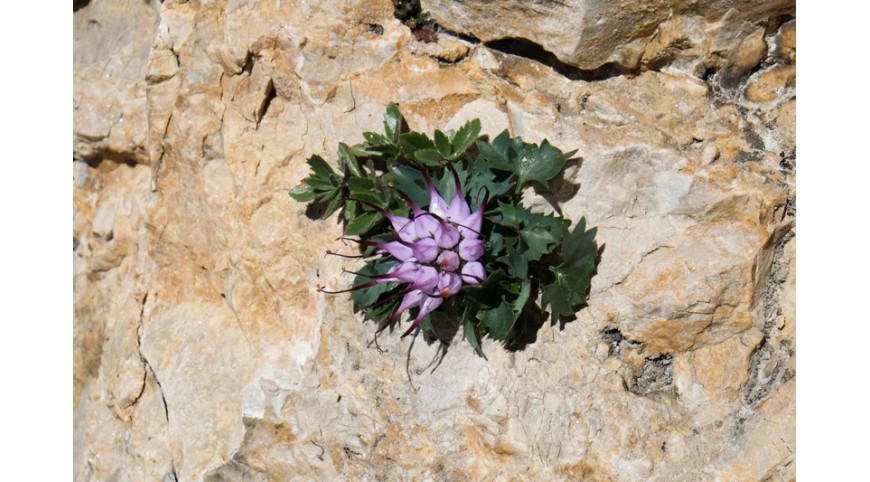
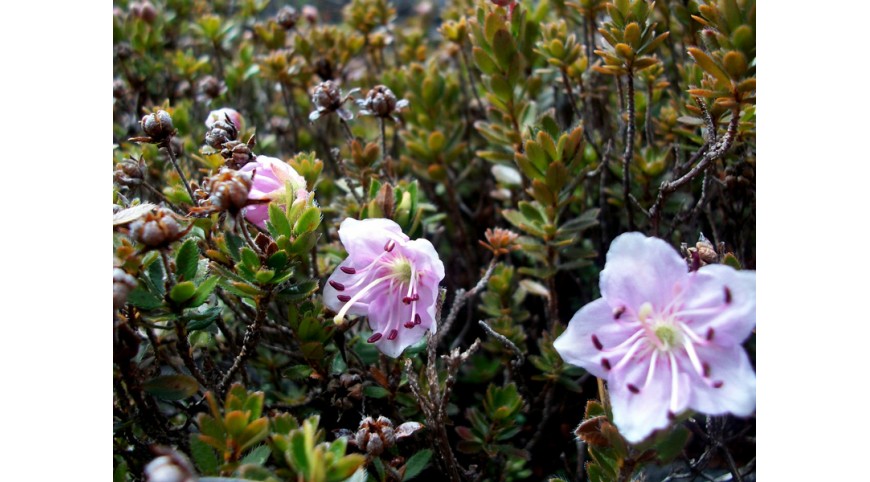

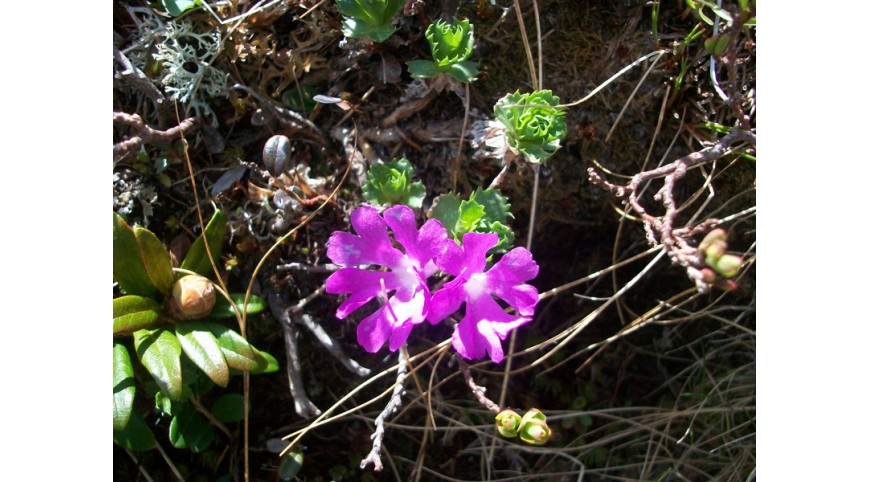
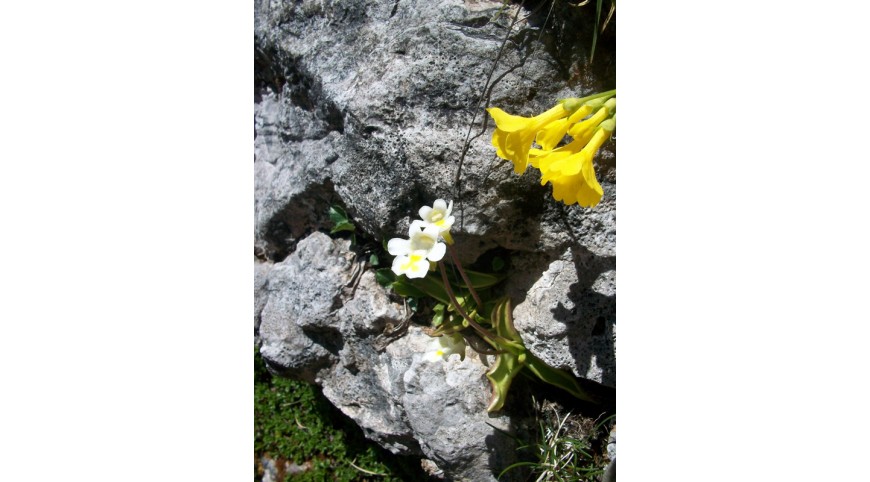
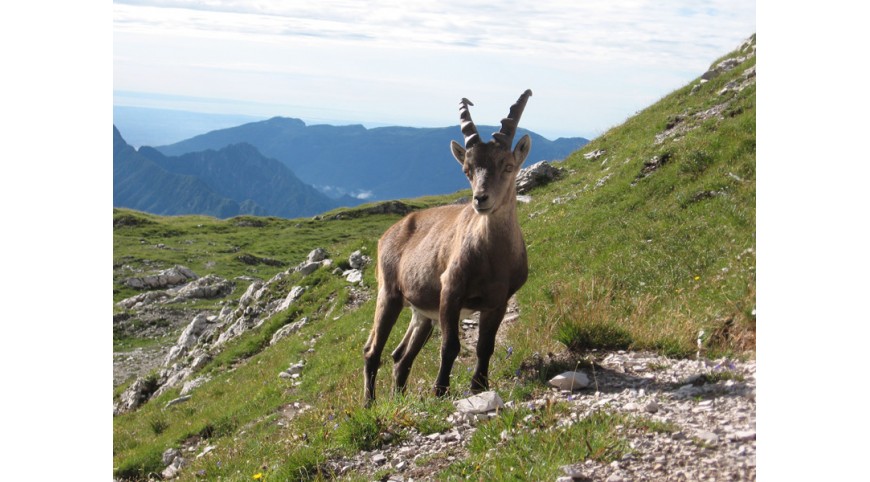
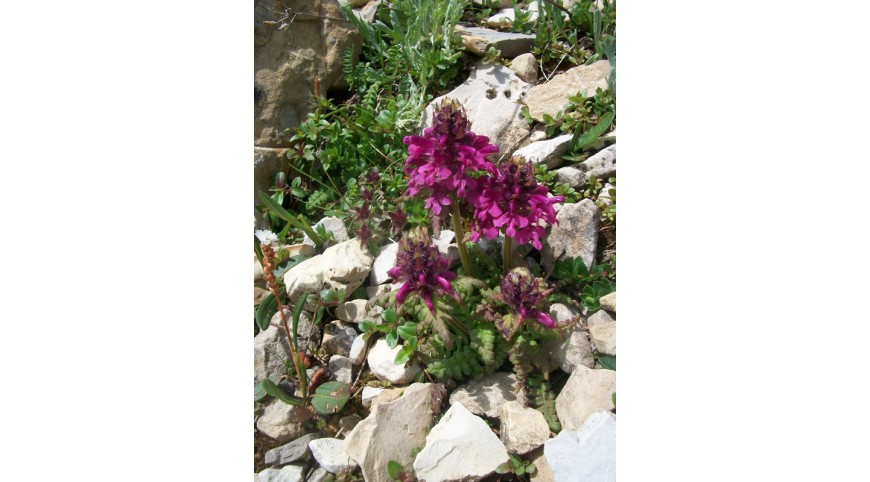
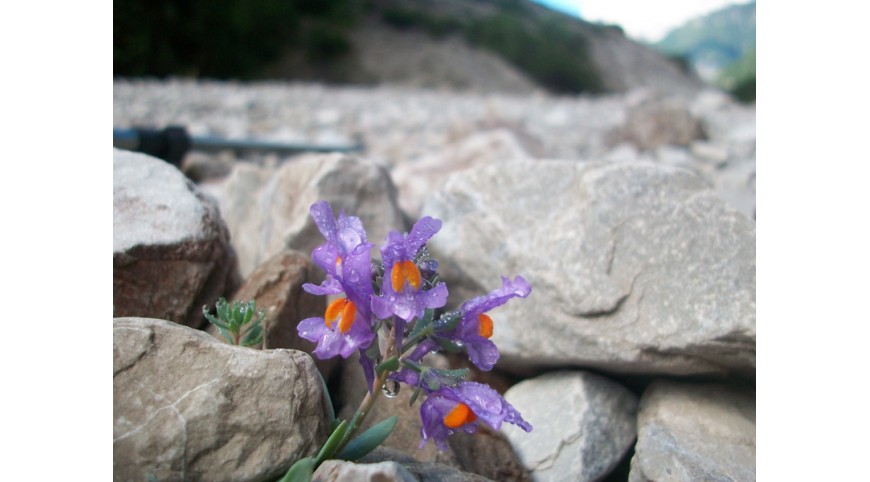
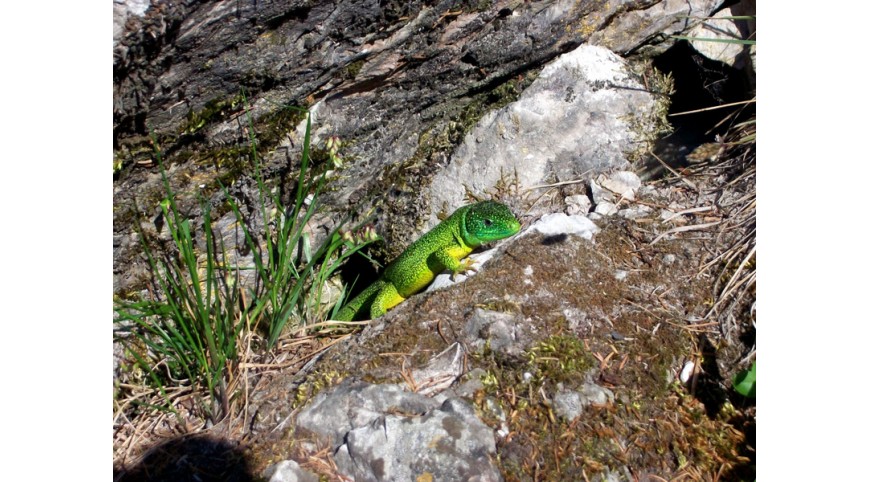
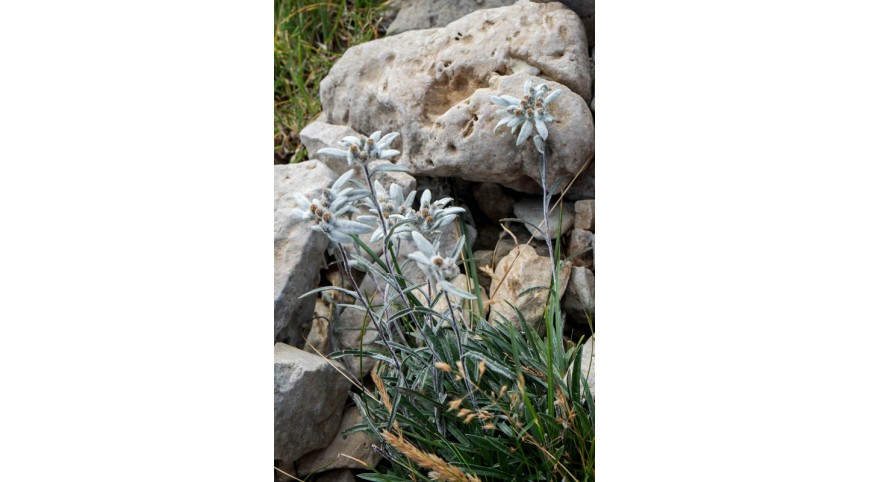
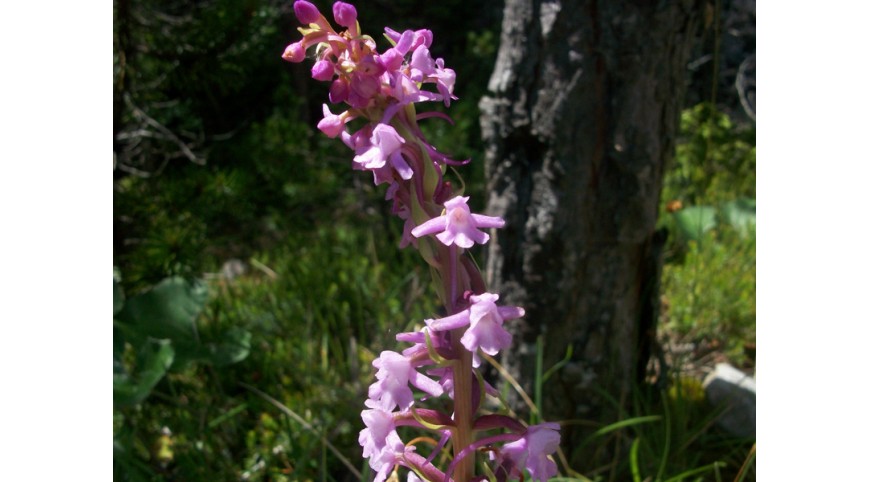
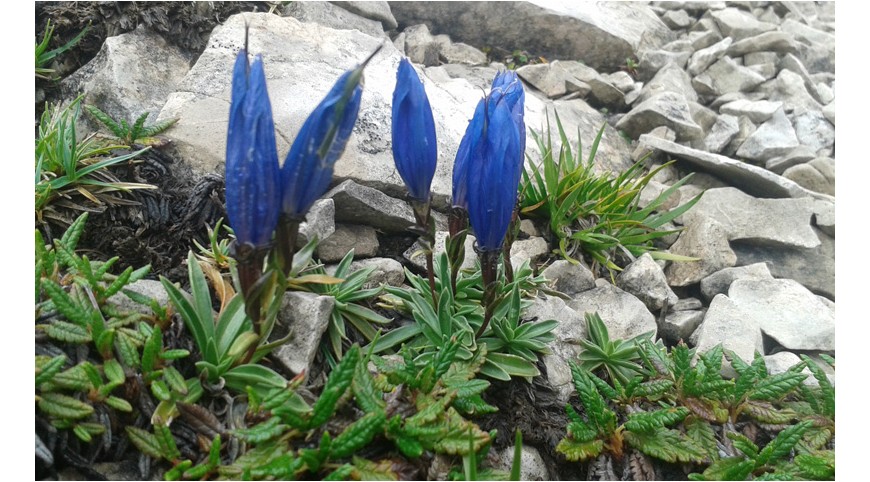
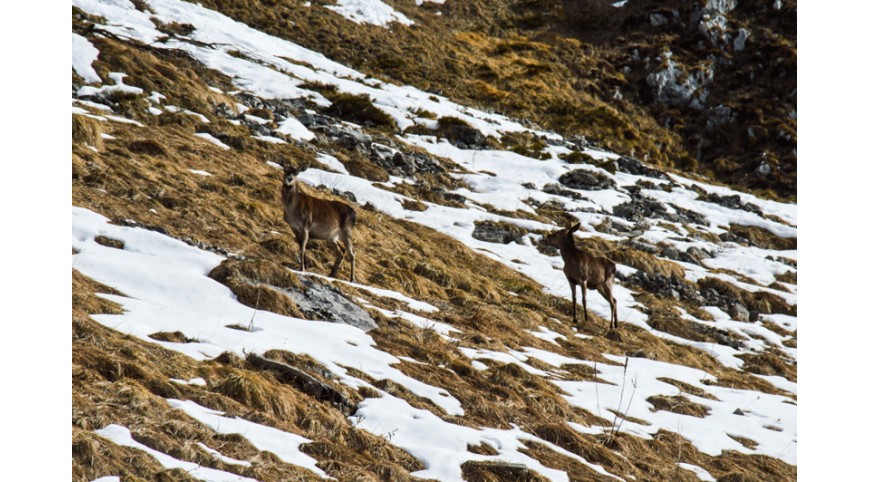
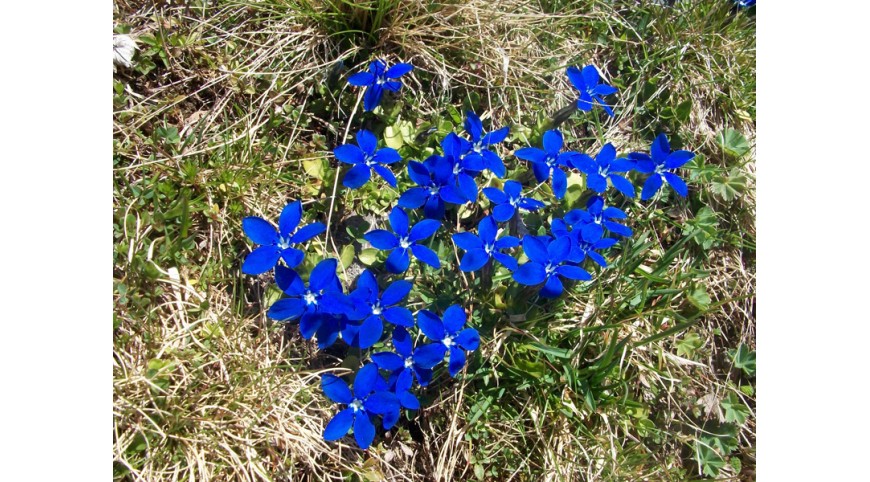
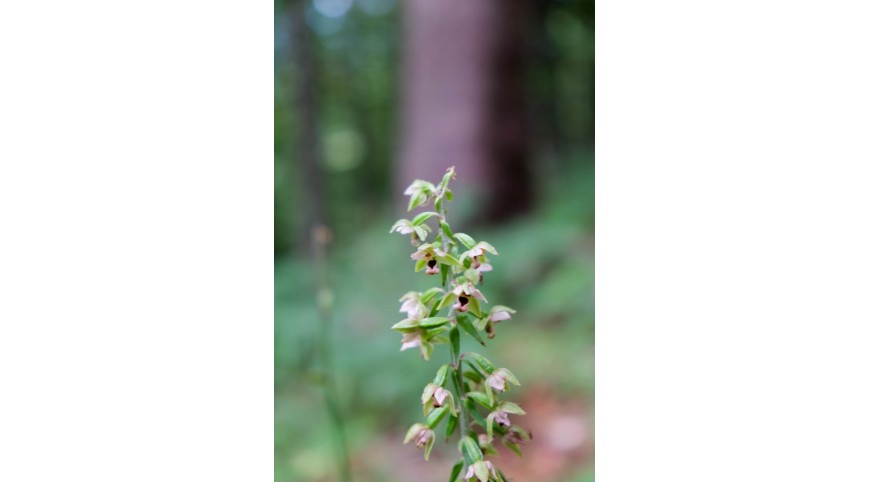
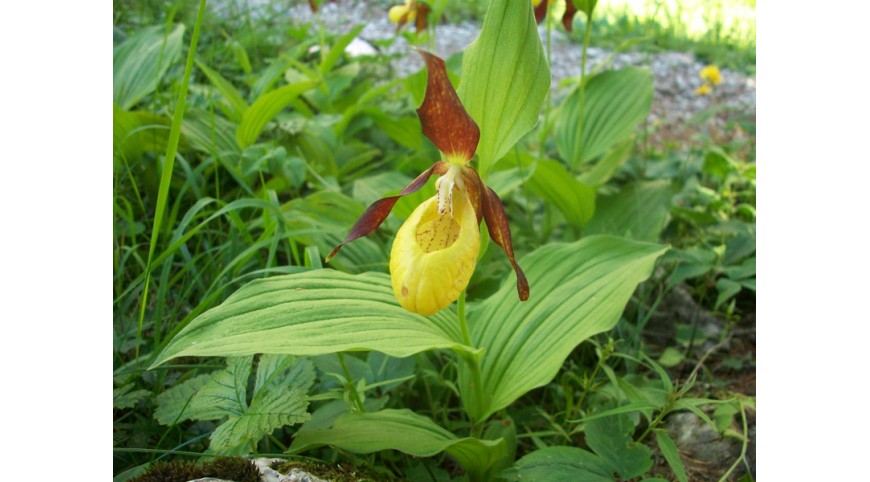
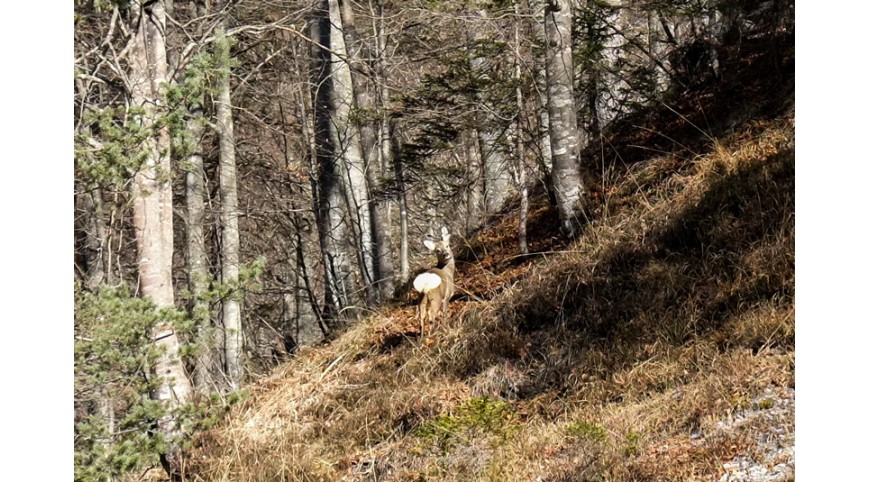
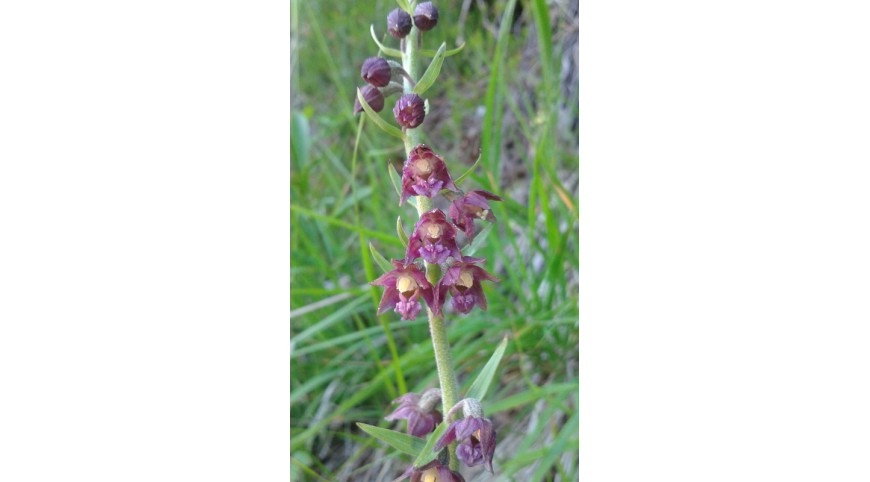
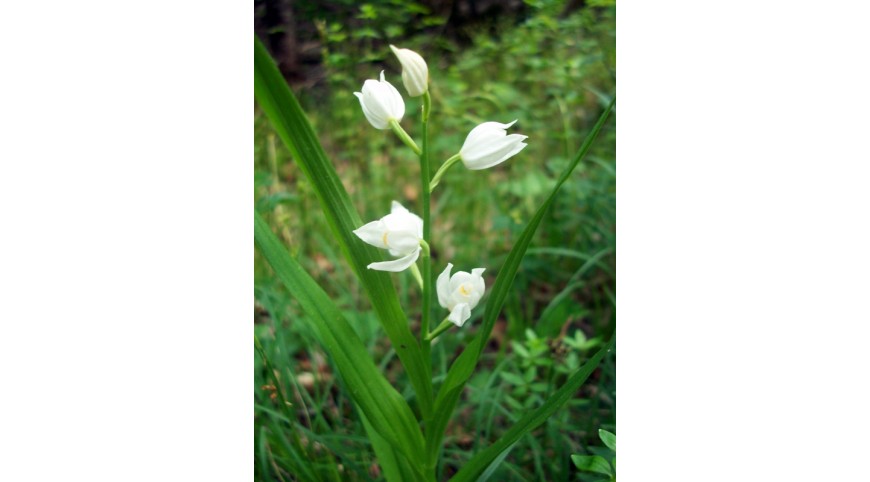
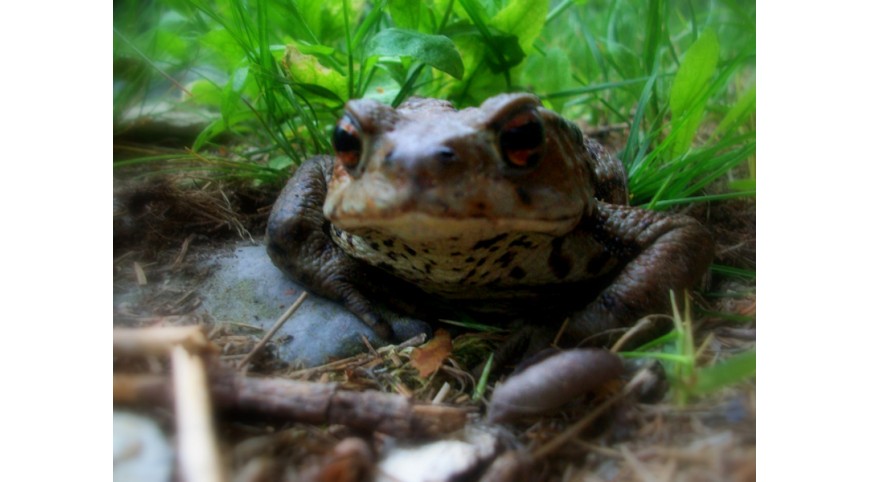
Dolomites environment - flora and fauna
ITALY'S RICHNESS: BIODIVERSITY
Italy has the highest number of animal and vegetable species in the whole Europe. The Italian fauna includes more than 57.000 species, among which vertebrates account for only 2.2% with: 120 species of Mammals, 473 species of Birds, 58 species of Reptiles, 38 species of Amphibians and 568 species of Pisces. There are 3,447 species of vascular plants in the Veneto, including 53 endemic species, 86 protected species and 336 naturalized exotic species. Such wealth derives both from the paleogeographical history of our region and from the natural evolutionary processes that have simultaneously acted on different forms of life.
DOLOMITES FLORA AND FAUNA
The presence of a wide variety of habitats within the Dolomites region has allowed the establishment of numerous animal species, a major factor of attraction for tourists and nature lovers. The Dolomite fauna includes many widely known and easily sighted animals, such as the chamoix and the roe deer, but includes many other animals, as most of the group of invertebrates, which are still very little known to this day.
Among the birds we have species like the golden eagle, the grouse and the white parakeet. Among the nocturnal birds of prey, above all, the dwarf owl and the owl. Of the plantigrad group we find the brown bear, (although there are only male specimen passing by), while for the group of ungulates we have chamois, roe deer, deer, ibex and moufflon. The squirrel and marmot are the most popular rodents in almost all UNESCO dolomite sites. Among the mustelids you can also encounter badgers, martens and ermills. Among the canines, in the Dolomites you can see foxes, golden jackals, and in recent years, some wolves, while among the felines there are the presence of wild cats and sporadic sightings of lynxes' passage. In fresh wooded areas and humid environments, it is very easy to encounter amphibians such as chopped salamander, the typical black-yellow color, and the Alpine Triton; conversely, in the reserves dominated by sunny conchs, encounters with reptiles such as the common viper are frequent.
The flora of the Dolomites has always been an extremely rich and fascinating world, many are the varieties that you can admire by exploring the different altitude plans.
The main aspects that characterize dolomitic flora are, on the one hand, the very high number of plant species that make it, and on the other, the uniqueness of some of them. Among the various endemic species in the Dolomites, we find: Campanula morettiana, Saxifraga facchinii, Primula tyrolensis, Sempervivum dolomiticum, Gentiana froelichii. From the valley floors covered with forests, to the high altitude alpine pastures where extreme flowering is seen, the scenery changes remarkably, and changes even more in different seasons. In the lower altitudes the forests are mainly made up of hardwoods, which, rising upwards, are then joined to coniferous and beechwood. The above plan consists of coniferous trees: the Norway spruce, the larch and the Swiss pine grove form the arboreal bush before we arrive, higher, at the point where only the mountain pine can grow, with shrubs such as rhododendrons and dwarf willows.

All comments